Table of Contents
Stroboscopes are exceptional devices that have brought about a revolution in several industries, including manufacturing, research, entertainment, and automotive. These devices can capture and visualize fast-moving objects with unmatched precision, making them indispensable tools in numerous applications.
What Exactly is a Stroboscope?
A stroboscope is a specialized instrument that emits short and intense bursts of light at regular intervals. Its primary purpose is to create the illusion of “freezing” or slowing down rapidly moving objects by synchronizing the flashing light with the object’s motion. By doing so, stroboscopes enable users to meticulously analyze and observe intricate details that would otherwise remain invisible to the naked eye.
Applications of Stroboscopes:
Manufacturing and Quality Control:
Stroboscopes find extensive use in manufacturing industries for inspection, quality control, and troubleshooting processes. These devices allow technicians to examine and fine-tune the operation of high-speed machinery, detect defects, measure rotational speed, and identify vibrations in real time.
Research and Development:
In scientific research, stroboscopes play a vital role in studying the behavior of fast-moving objects and capturing high-speed phenomena. They are used to analyze fluid dynamics, study the movement of animals and insects, and observe rapid chemical reactions, among other applications.
Automotive and Machinery:
Stroboscopes have become invaluable tools for automotive mechanics, enabling them to precisely tune engine components, analyze belt and pulley movements, and diagnose ignition system issues. They also find application in the maintenance and repair of industrial machinery, facilitating the monitoring of rotational speed, detection of misalignments, and identification of potential faults.
Entertainment and Events:
Stroboscopes have become synonymous with the world of entertainment. In concerts, clubs, and stage performances, they produce stunning visual effects by synchronizing with music or specific lighting setups. Additionally, they are widely used in photography to freeze motion and capture crisp images.
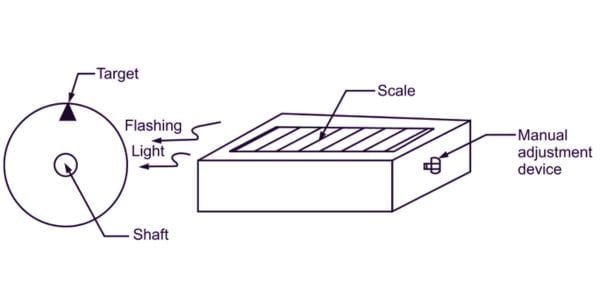
Benefits of Stroboscopes:
Enhanced Efficiency and Productivity:
By enabling meticulous inspection and troubleshooting of machinery, stroboscopes significantly contribute to improved efficiency, reduced downtime, and enhanced overall productivity in manufacturing processes.
Accurate Measurement and Analysis:
Stroboscopes allow for precise measurement of rotational speed, motion, and vibration, providing invaluable data for analysis, optimization, and research purposes.
Visualizing Fast-Moving Objects:
With the ability to “freeze” rapid motion, stroboscopes empower researchers and professionals to observe and analyze intricate details hidden from the naked eye. This aids in problem-solving, innovation, and process improvement.
Selecting the Appropriate Stroboscope:
Consider the Application:
Different stroboscopes are designed for specific applications. It is crucial to identify your requirements and select a stroboscope that aligns with your intended use, whether it’s for manufacturing, research, automotive, or entertainment purposes.
Flash Rate and Brightness:
Evaluate the flash rate and brightness options of stroboscopes to ensure they meet your needs. Higher flash rates are ideal for analyzing faster motion, while adjustable brightness allows for optimal visualization in various lighting conditions.
Durability and Portability:
Take into account the stroboscope’s build quality, durability, and portability. Depending on your requirements, you may need a rugged stroboscope for industrial environments or a lightweight and compact option for fieldwork.
Additional Features:
Certain stroboscopes offer extra features such as built-in cameras, external trigger options, wireless connectivity, and data logging capabilities. Assess these features to determine their relevance to your specific needs.
Stroboscopes are versatile devices with a wide range of applications across industries. Their capacity to capture and visualize fast-moving objects provides invaluable insights, enhances productivity, and enables innovation.
By understanding the functionalities, applications, advantages, and considerations for selecting the right stroboscope, you can harness the power of this remarkable instrument to elevate your work, research, or creative endeavors to new heights.
FAQ
What are the primary applications of stroboscopes?
Stroboscopes have various applications across different industries. Some common uses include: measuring the rotational speed or frequency of machinery, inspecting and analyzing the movement of vibrating or oscillating objects, capturing high-speed phenomena in scientific research, and creating visual effects in photography and entertainment.
How does a digital stroboscope differ from an analog one?
Analog stroboscopes typically use a mechanical spinning disc with slits or mirrors to produce the stroboscopic effect. Digital stroboscopes, on the other hand, use an array of light-emitting diodes (LEDs) or xenon flash lamps controlled by electronic circuits. Digital stroboscopes offer greater flexibility, precision, and control over the flash rate and duration.
Can stroboscopes be used for non-visible light?
Yes, stroboscopes can emit light in different wavelengths, including non-visible light such as ultraviolet (UV) or infrared (IR). This allows them to be used in applications where the motion or behavior of objects needs to be observed beyond the visible spectrum.
What are the key factors to consider when selecting a stroboscope?
Important factors to consider include the flash rate range and accuracy, flash duration, brightness or intensity of the light output, power source (battery or mains), durability, ease of use, and additional features like phase shifting, external triggering, or built-in tachometer functions.
Can stroboscopes be used in hazardous environments?
Yes, there are stroboscopes specifically designed for use in hazardous environments where there may be a risk of explosion or fire due to the presence of flammable gases or dust particles. These stroboscopes are often intrinsically safe, meaning they are engineered to prevent the ignition of hazardous substances.
Are there any safety considerations when using stroboscopes?
Yes, safety is crucial when working with stroboscopes. Direct exposure to the bright strobe light can be harmful to the eyes, so appropriate eye protection should be worn. It’s also important to follow the manufacturer’s instructions, avoid pointing the stroboscope toward people’s faces, and be cautious when working near rotating machinery.
Can stroboscopes synchronize with external signals or sensors?
Yes, many stroboscopes offer the capability to synchronize with external signals or sensors. This allows precise timing and triggering of the stroboscopic flashes, making it easier to capture the desired motion or perform measurements in coordination with other equipment or systems.
Are there portable or handheld stroboscopes available?
Yes, portable and handheld stroboscopes are available in the market. These compact devices are lightweight, battery-powered, and easy to carry around. They are commonly used for on-site inspections, troubleshooting, and maintenance tasks.
Can stroboscopes capture high-speed motion for slow-motion playback?
While stroboscopes can freeze or slow down the appearance of motion, they are not typically used for capturing high-speed motion for slow-motion playback. For that purpose, specialized high-speed cameras or slow-motion cameras with high frame rates are more suitable, as they can record the entire motion sequence for later playback at reduced speeds.
References:
1. Reference:
Title: “Applications of stroboscopy in clinical laryngology.”
Authors: Dedo HH, Izdebski K.
Journal: The Annals of Otology, Rhinology, and Laryngology.
Year: 1990.
Link: [https://pubmed.ncbi.nlm.nih.gov/2295205/](https://pubmed.ncbi.nlm.nih.gov/2295205/ )
2. Reference:
Title: “High-speed digital image acquisition and Processing with a rotating mirror camera system.”
Authors: Littman ML, Clarke D.
Journal: Journal of Microscopy.
Year: 1985.
3. Reference:
Title: “Vibration analysis techniques for rotating machinery: a review.”
Authors: Tandon N, Choudhury A.
Journal: Shock and Vibration Digest.
Year: 1999.
4. Reference:
Title: “Analyzing ultrafast dynamics with sub-10 fs stroboscopic pump–probe microscopy.”
Authors: von Gundlach AR, Brixner T, Pfeiffer W.
Journal: Applied Physics Letters.
Year: 2003.
5. Reference:
Title: “Stroboscopic illumination for real-time motion capture in computer vision.”
Authors: Szemenyei M, Szirányi T.
Journal: Pattern Recognition Letters.
Year: 2008.
Also, read Semiconductor Quantum Dots






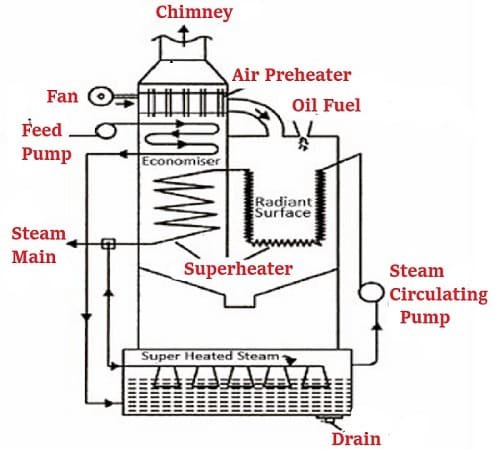
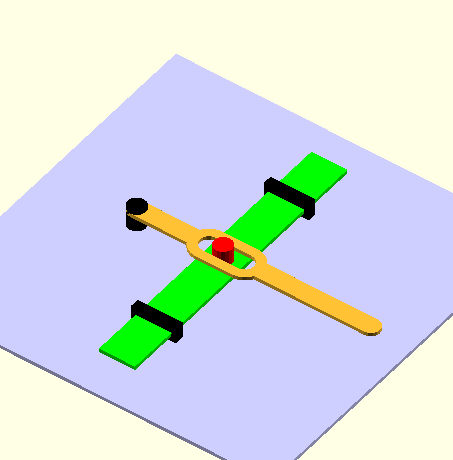
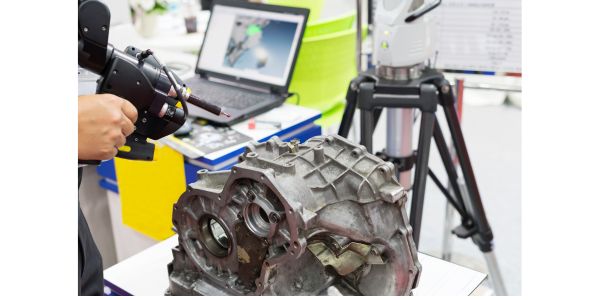
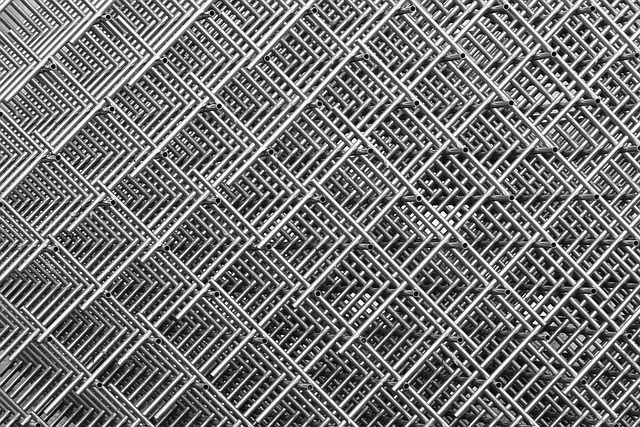


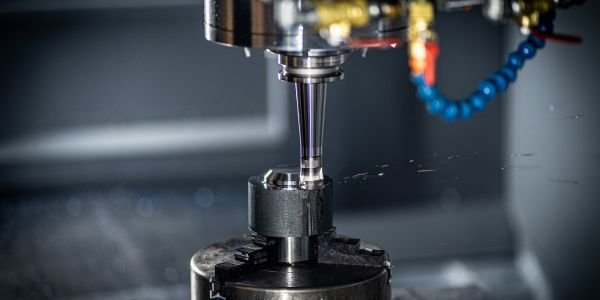

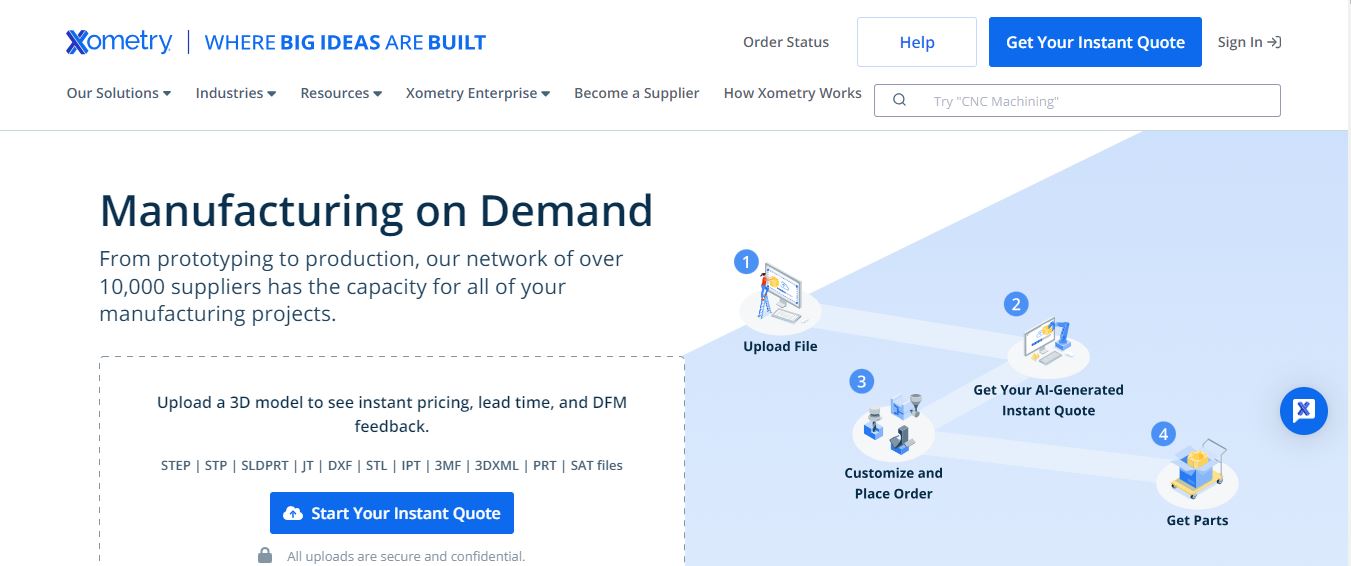
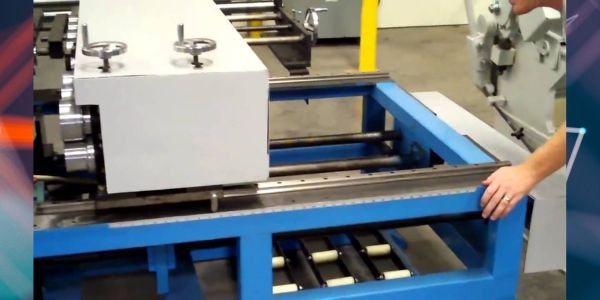
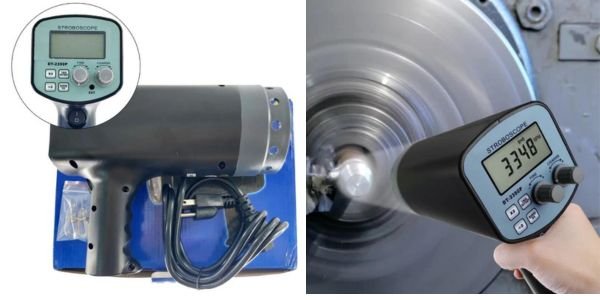
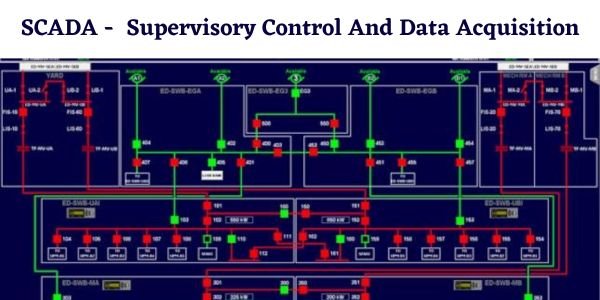
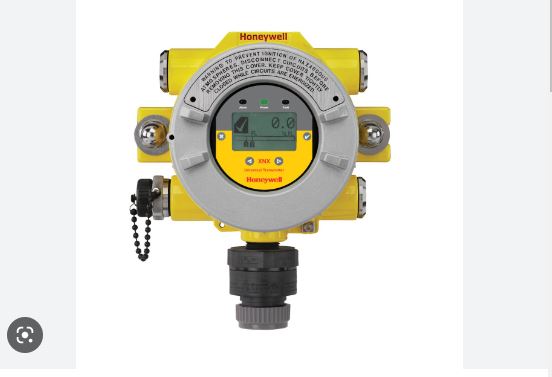
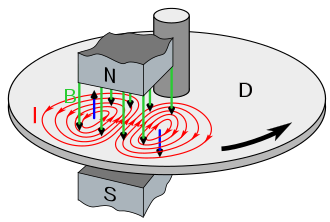
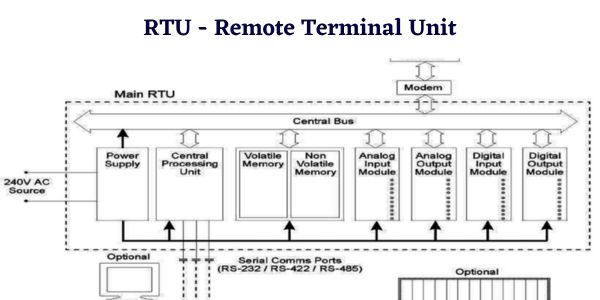
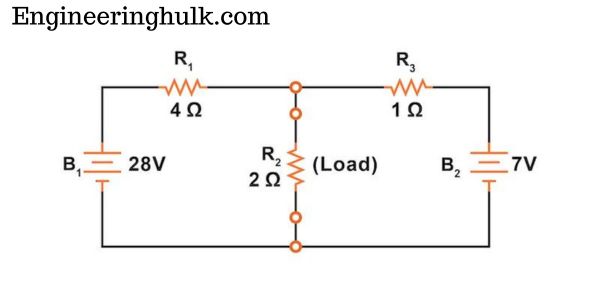
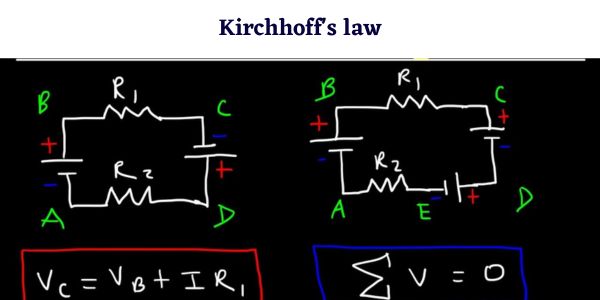
Comment on “Unleashing the Potential of Stroboscopes: An In-Depth Guide”
Comments are closed.